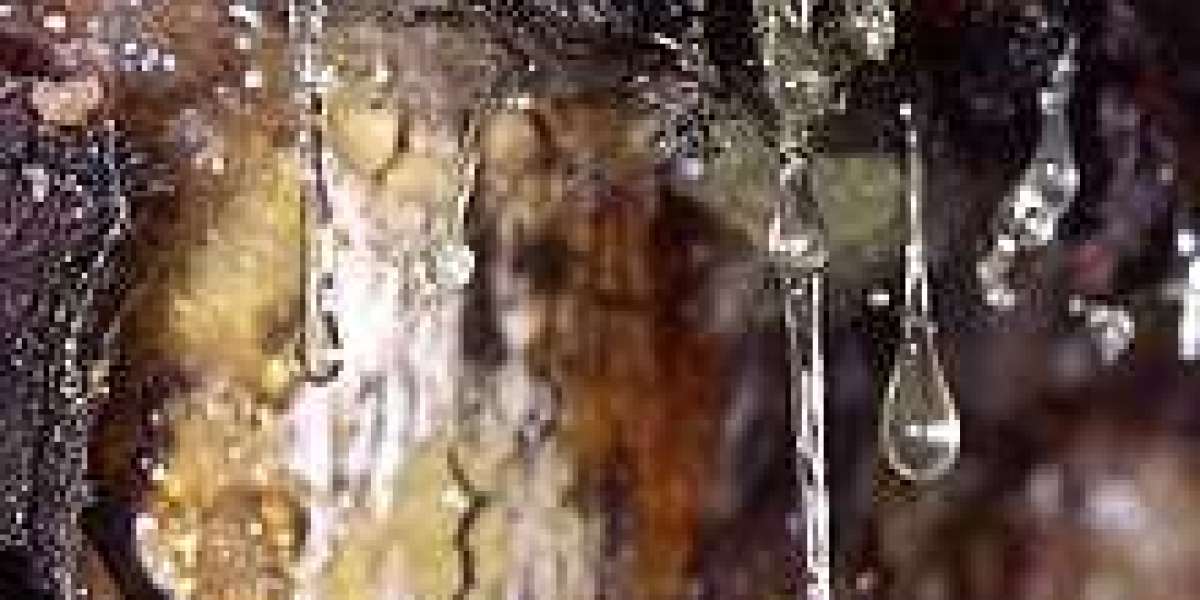Where did Resin come from?
The term "resin" can refer to both natural and synthetic materials. Let's explore both:
Natural Resins
Plant Resins: Natural resins are secreted by certain plants as a protective mechanism against insects and pathogens. Examples include the resin from coniferous trees, such as pine, spruce, and fir trees. This type of resin has been historically used in various applications, including as a component in varnishes, adhesives, and incense.
Insect Resins: Some insects also produce resinous substances. For example, lacquer is a resin produced by the lac insect and has been used for centuries in Asia for creating durable finishes on various surfaces.
Amber: Amber is a fossilized resin that originated from ancient trees. Over millions of years, resin can harden and fossilize, forming amber. Amber has been valued for its beauty and used in jewelry and decorative items.
Synthetic Resins:
Epoxy Resin: Synthetic epoxy resins, commonly used in crafting, are created through a chemical process that involves combining epoxide compounds with a curing agent. The result is a durable and versatile material with adhesive properties.
Polyester Resin: Another synthetic resin used in crafting, polyester resin, is derived from the reaction between a resin base and a catalyst. This process leads to the formation of a solid, often clear, material.
UV Resin: UV resin is a synthetic resin that cures rapidly when exposed to ultraviolet light. It is a convenient choice for quick-setting applications.
In the context of crafting, when people refer to "resin," they often mean synthetic resins like epoxy or polyester due to their specific properties and applications. Natural resins, while historically significant, are less commonly used in modern crafting practices.
Resin Properties:
Resins, in their various forms, manifest as transparent or translucent solid or semisolid substances with a specific gravity surpassing that of water, rendering them denser.
Responsive to heat, resins tend to soften upon warming and can eventually undergo a complete melting process.
Their inherent amorphous state imparts a lack of crystalline structure.
Notably, resins resist dissolution in water, showcasing insolubility in aqueous environments.
Conversely, their solubility in organic compounds, including alcohol, volatile oils, and chloral hydrate, defines their versatile nature.
Enriched with a high carbon content, resins stand out for their chemical composition, lacking nitrogen and oxygen in their makeup.
Furthermore, resins engage in a slow oxidation process when exposed to the atmosphere, leading to a gradual darkening of their color over time.
Follow me to learn more about resin and the art and science behind it in my next blog!








